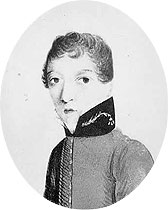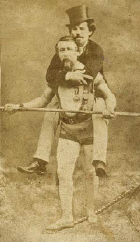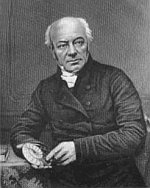Newly arrived in Fresno, Calif., in 1906, Baldasare Forestiere found the soil would not support an orchard like his father’s in Sicily — there was a layer of hardpan below the surface. But after two years digging tunnels as a laborer in Boston and New York, he had become handy with a pick and shovel, and he soon dug out a skylighted room 10 feet underground, in which an orange tree flourished.
So he kept digging. In time, he added a kitchen, a pantry, a living room, a reading room, two bedrooms, and a tree-filled courtyard that included a bathtub that he could fill with water warmed by the sun.
Forty years later, Forestiere had built a multi-level underground complex that covered 10 acres and included 100 rooms and passageways, including a chapel, a hothouse, a winery, and a “fish-viewing room” whose glass-covered skylight opened onto the bottom of a pond. He estimated the whole thing cost only $300. When he died in 1946, he was adding a 3,500-square-foot ballroom.





